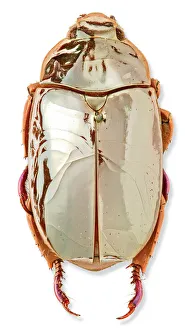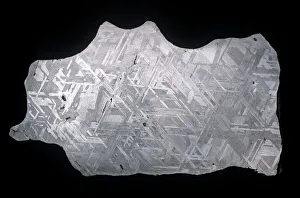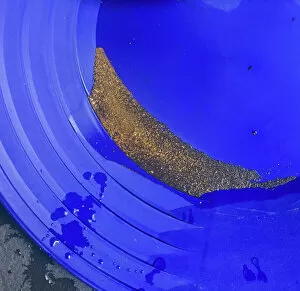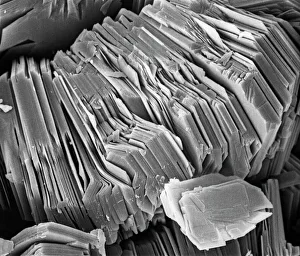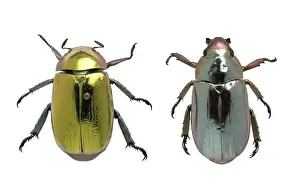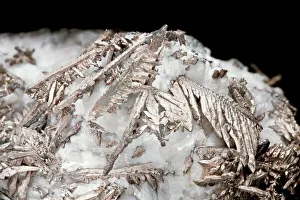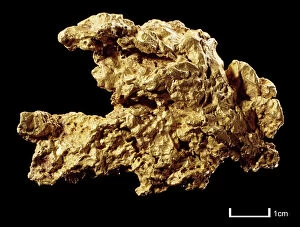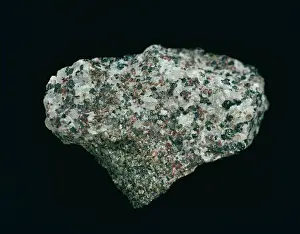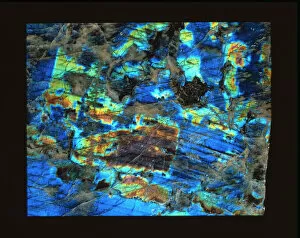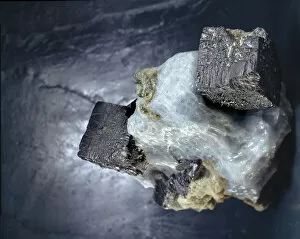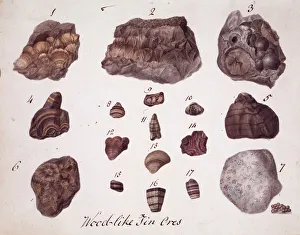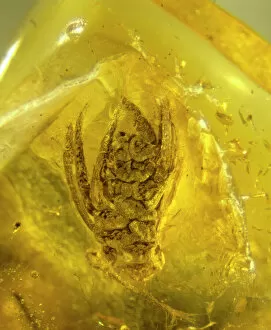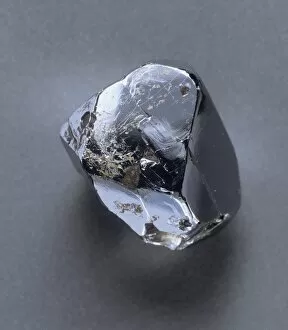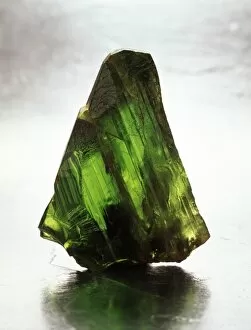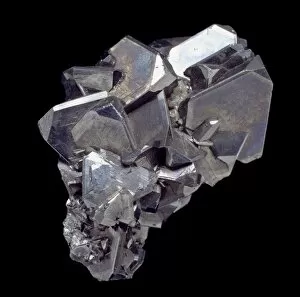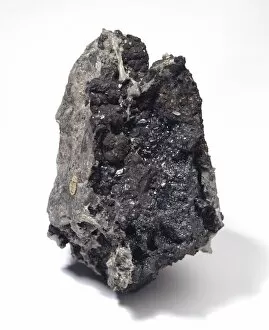Native Metal Collection
"Unveiling the Beauty of Native Metal: A Dazzling Journey through Earth's Treasures" Chrysina limbata, the silver chafer beetle
All Professionally Made to Order for Quick Shipping
"Unveiling the Beauty of Native Metal: A Dazzling Journey through Earth's Treasures" Chrysina limbata, the silver chafer beetle, showcases nature's mastery in creating metallic hues that rival even the most precious metals. Behold a slice of Canyon Diablo meteorite, a celestial gift that fuses extraterrestrial iron and nickel into an otherworldly display of native metal. In a gold pan, witness the captivating dance between shimmering gold and black sands, revealing Mother Nature's alchemical touch. Kaolinite whispers its humble presence amidst these magnificent specimens, reminding us that beauty can be found in both grandeur and subtlety. Coleoptera sp. , metallic beetles adorned with iridescent armor-like shells, exemplify how nature adorns itself with native metals to create stunning works of art. Glimmering like moonlight on water, native silver emerges from deep within the earth as a testament to its enduring allure throughout human history. Gold - the epitome of wealth and opulence - radiates warmth and brilliance as it captivates hearts across cultures and civilizations since time immemorial. Franklinite reveals its hidden treasures; zinc ore interwoven with dark minerals creates an enigmatic tapestry reminiscent of ancient secrets waiting to be unraveled. Benitoite enchants with its vibrant blue hue, showcasing how rare gemstones can emerge from unexpected corners of our planet's geological wonders. Beryl unveils its kaleidoscope palette; from emerald green to aquamarine blue or golden yellow – this versatile mineral embodies nature's artistic prowess at every turn. Perovskite dazzles with its crystal lattice structure; this complex oxide displays intricate patterns while hinting at untapped potential for technological advancements yet to come. Plate 1 from Specimens of British Minerals? vol. 1 by P.

